Big cats are some of Earth’s most majestic and efficient predators. Mastering the art of stealth is one of their most vital skills, enabling them to not only survive but thrive in diverse habitats. From dense jungles to arid savannas, big cats have evolved a range of adaptations that make them the ultimate hunters. This article delves into how these magnificent creatures use stealth to their advantage, employing biological and behavioral strategies to secure their place as apex predators.
Camouflage: Nature’s Disguise
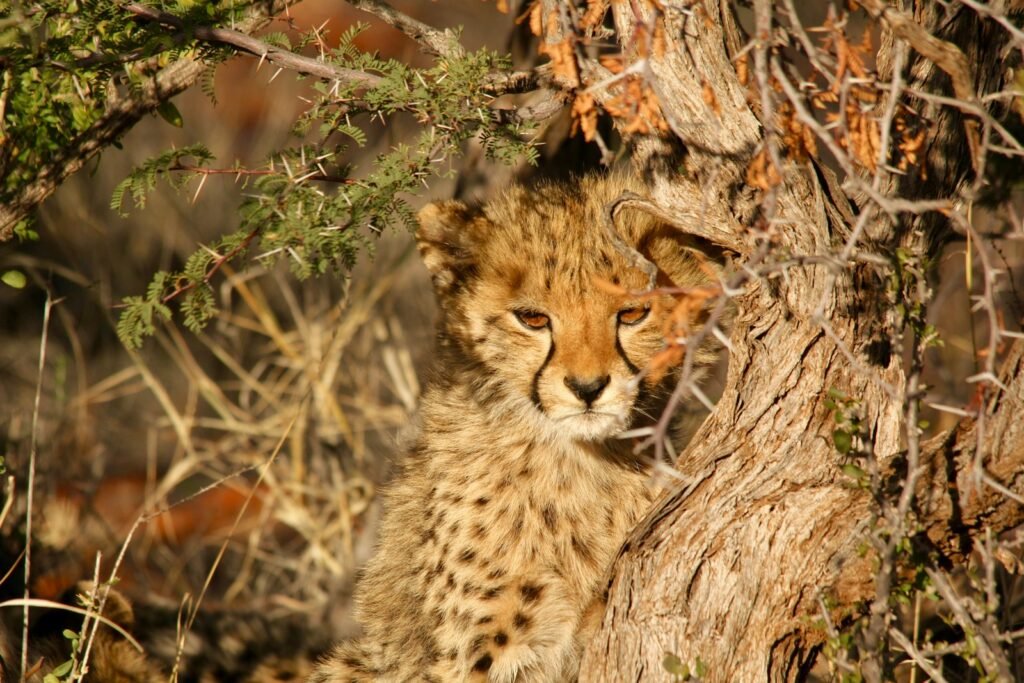
One of the primary tools big cats use for stealth is camouflage. Their coats are naturally designed to blend seamlessly into their environments. Tigers, for example, have striped fur that mimics the dappled sunlight filtering through trees in the jungle. Similarly, the tawny coats of lions help them remain unnoticed against the grassy backdrop of the savanna. This camouflaging ability allows them to get remarkably close to their prey before launching an attack.
Silent Stalking: The Stealthy Approach
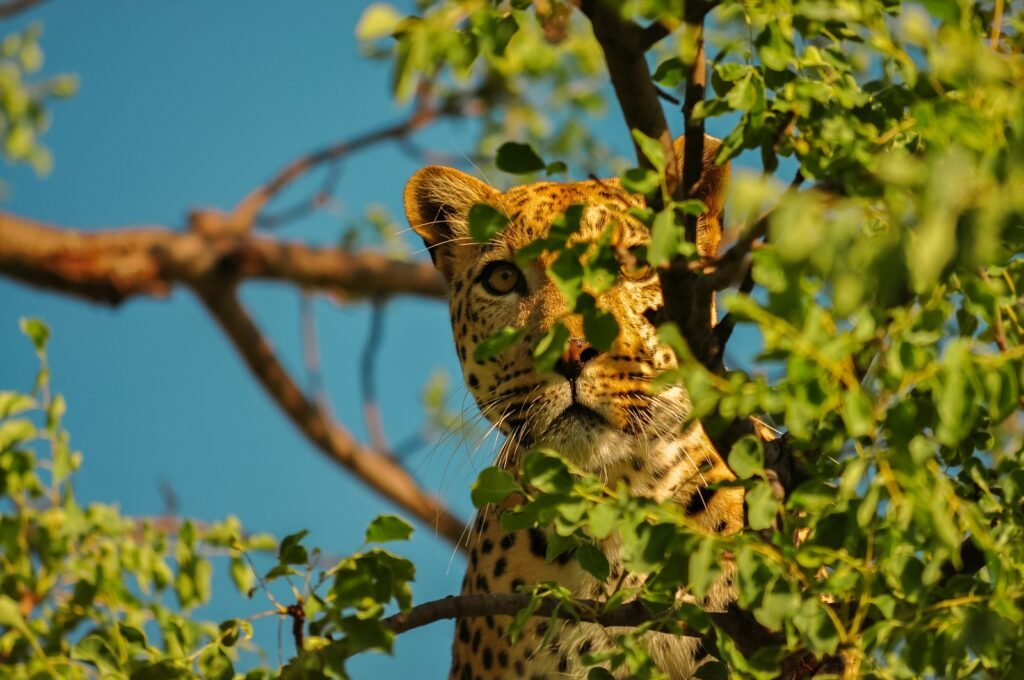
Big cats are known for their incredible ability to move quietly. Whether it’s a leopard navigating through thick brush or a snow leopard treading on rocky terrain, their soft-padded paws muffled by fur help minimize any noise made during movement. This silence is crucial when closing in on prey, ensuring that even the most alert animals do not detect the predator until it’s too late.
The Element of Surprise: Close Quarter Attacks
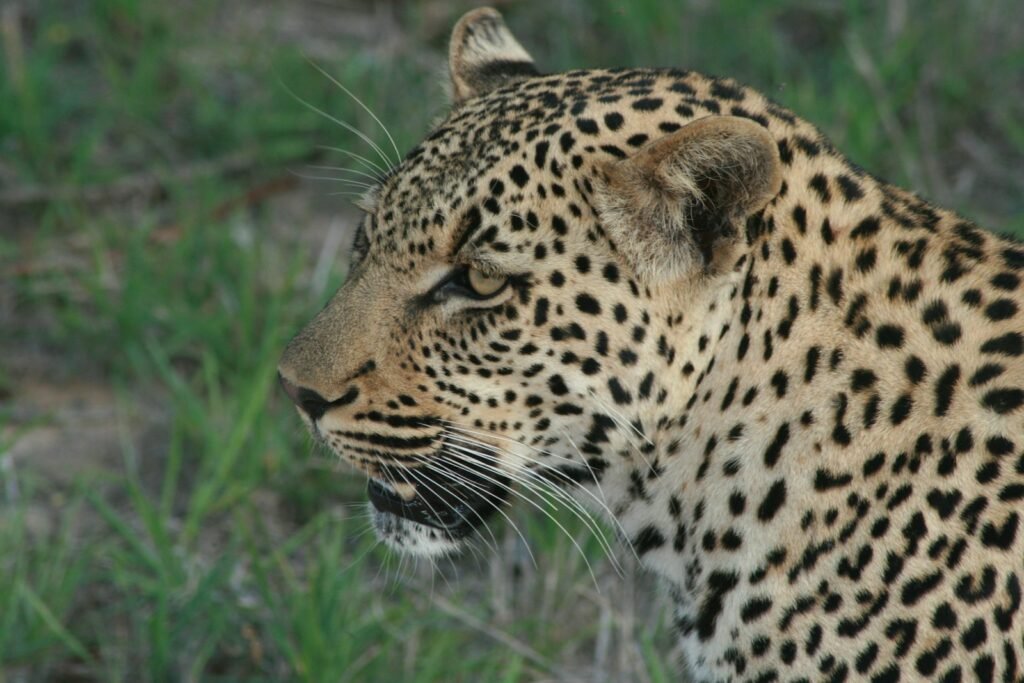
Big cats rely heavily on the element of surprise to overwhelm their prey. They typically launch their attack from a close distance after edging stealthily close. This close-quarters ambush allows them to save energy, striking with precision and force before the prey has a chance to react. Unlike canines, which often chase their prey over long distances, big cats depend on a brief, explosive approach to capture their target.
Patience: The Wait for the Perfect Moment
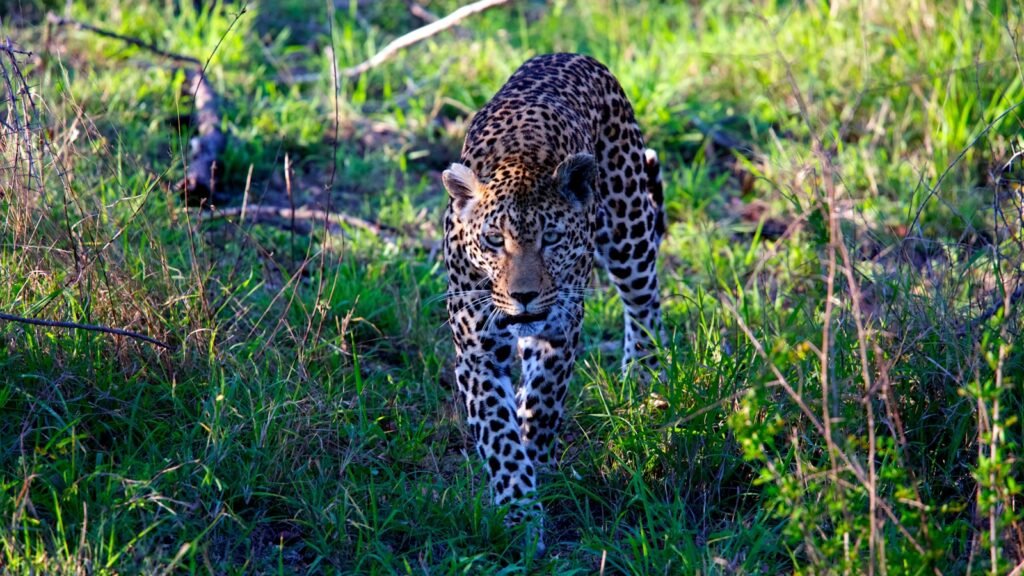
Another hallmark of big cat predatory behavior is patience. Big cats can wait motionless for hours, observing and planning their approach. This watchful waiting allows them to choose the right moment to strike when conditions are most favorable, such as when prey is isolated or distracted. This strategy minimizes the risk of failure, conserving their energy for successful hunts.
Adaptive Intelligence: Learning and Strategy
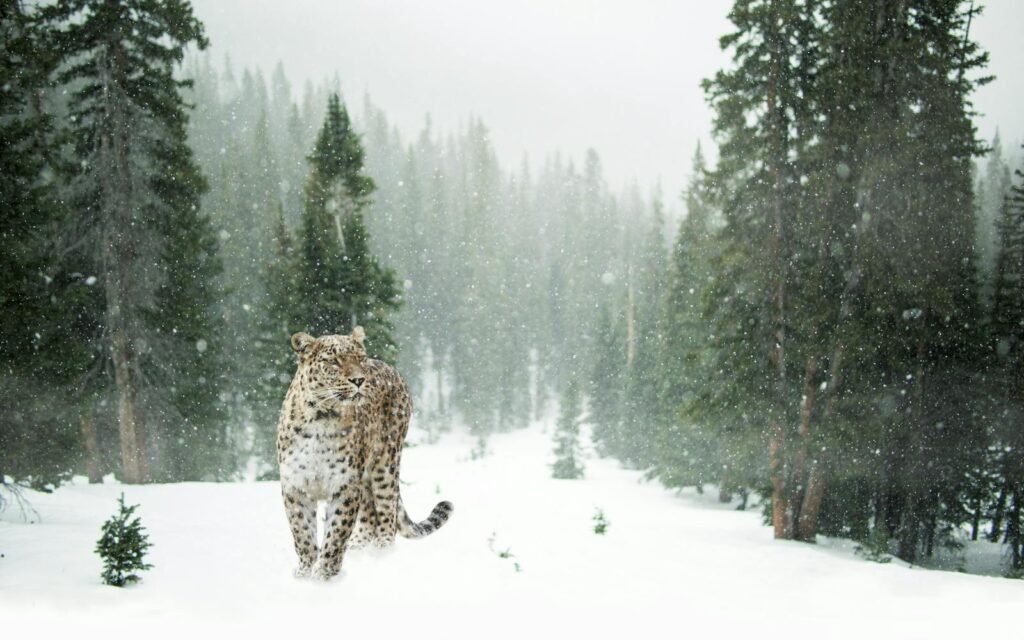
Big cats are not only physically adept but also intelligent hunters. They have been observed adapting their hunting strategies based on previous experiences and environmental changes. For instance, leopards use their knowledge of terrain and prey behavior to set up ambushes. Such strategic thinking enables them to exploit vulnerabilities in their prey, showcasing their adaptive intelligence in the wild.
Night Stalkers: The Advantage of Nocturnal Hunting
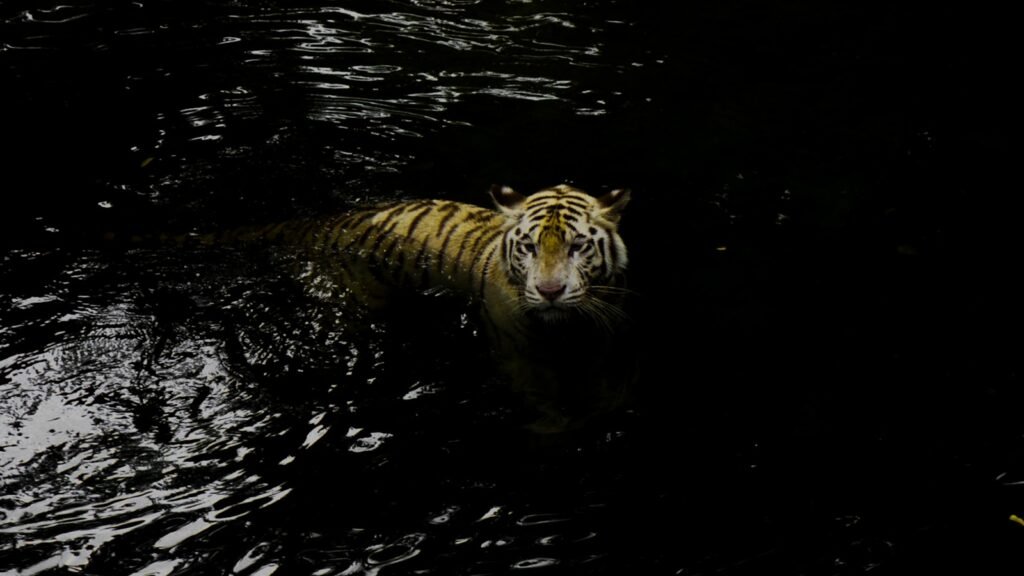
Many big cats are nocturnal hunters, taking advantage of the cover of darkness to mask their approach. Lions and leopards, for example, have excellent night vision, allowing them to hunt effectively when other animals are less alert. By striking at night, big cats reduce their risk of detection and increase their chances of a successful hunt.
Territory and Domain: Familiar Grounds
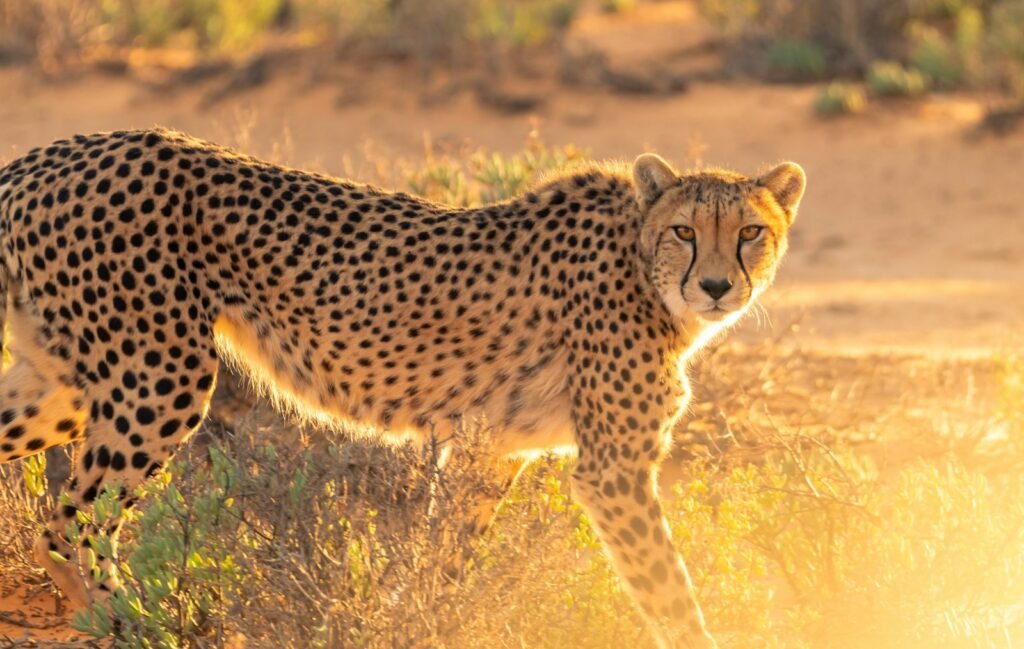
Big cats are territorial, often patrolling and hunting within the bounds of their domain. Their familiarity with their territory gives them an advantage, as they know the landscape and prey movements intimately. By understanding which areas provide the best cover and where prey is most likely to appear, they increase their odds of a successful hunt.
The Role of Senses: Heightened Perception
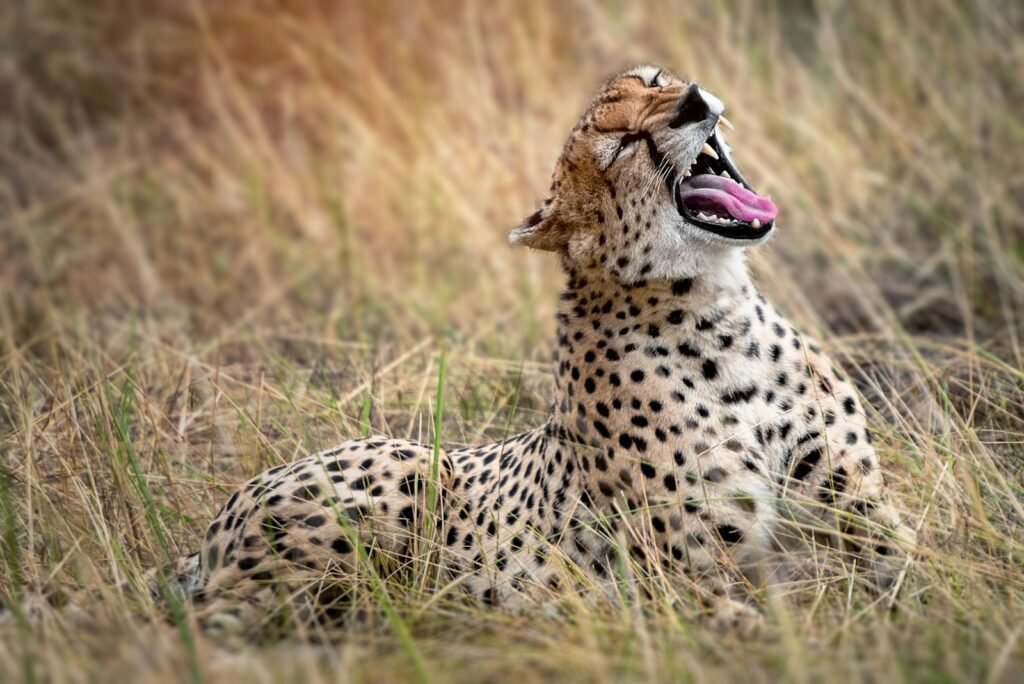
Big cats possess heightened senses that are integral to their stealth. Their acute hearing and sense of smell enable them to detect prey and potential threats from afar. Their keen eyesight, especially in low light conditions, further enhances their ability to spot prey at a distance. This sensory acuity assists in planning their stealthy advances and executing their predatory strategies with precision.
Young Apprentices: Learning by Observation
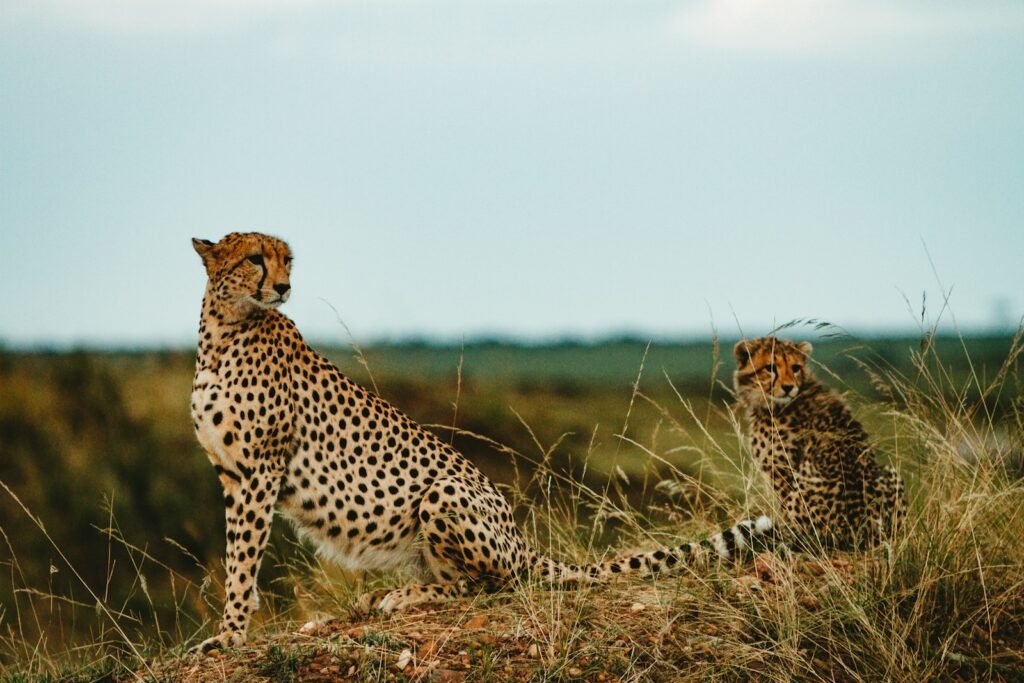
Stealth is a skill honed from a young age. Big cat cubs learn by observing their mothers, mimicking their hunting techniques during play. This practice is essential, as it instills the necessary skills they will need to become proficient hunters themselves and secure their survival into adulthood.
The Mastery of Stealth: A Concluding Reflection
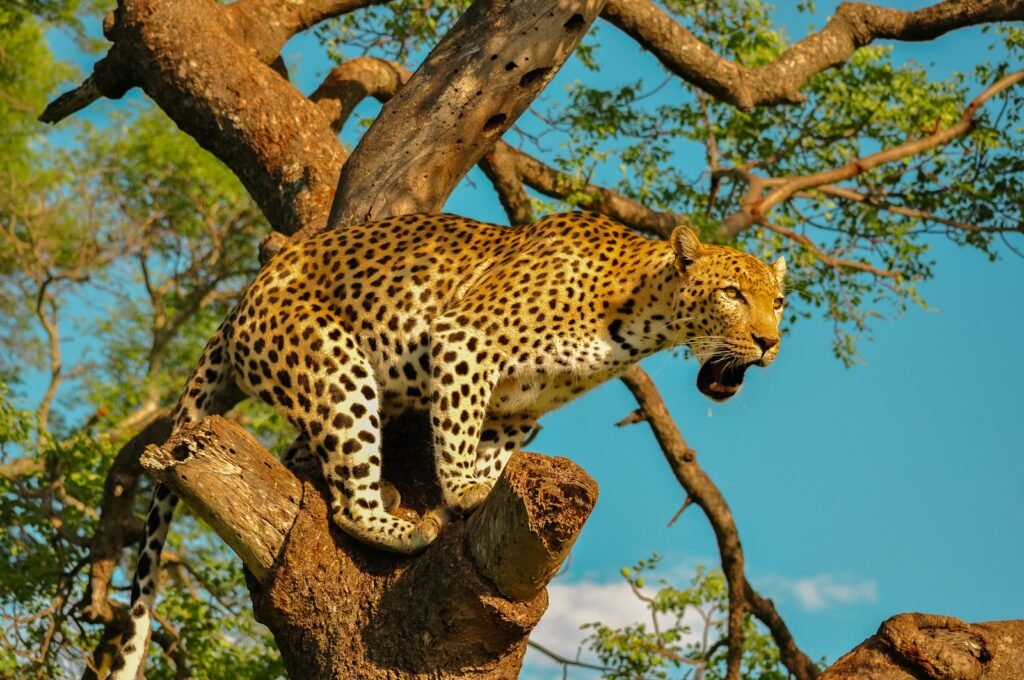
Stealth is an essential component of big cats’ predatory prowess. Their ability to move unnoticed, strike with precision, and leverage environmental and behavioral adaptations make them unrivaled hunters. Understanding these fascinating aspects of big cat behavior not only highlights their evolutionary success but also underscores the importance of conserving their habitats so that these majestic creatures continue to roam the wild.

Growing up traveling and experiencing new cultures and wonders, I have had a passion for nature, adventuring, photography, and videography. I am currently working towards a BSc in Biodiversity and Ecology at Stellenbosch University, and I hope to specialise in Marine Sciences one day.
Please send any feedback to Feedback@animalsaroundtheglobe.com






